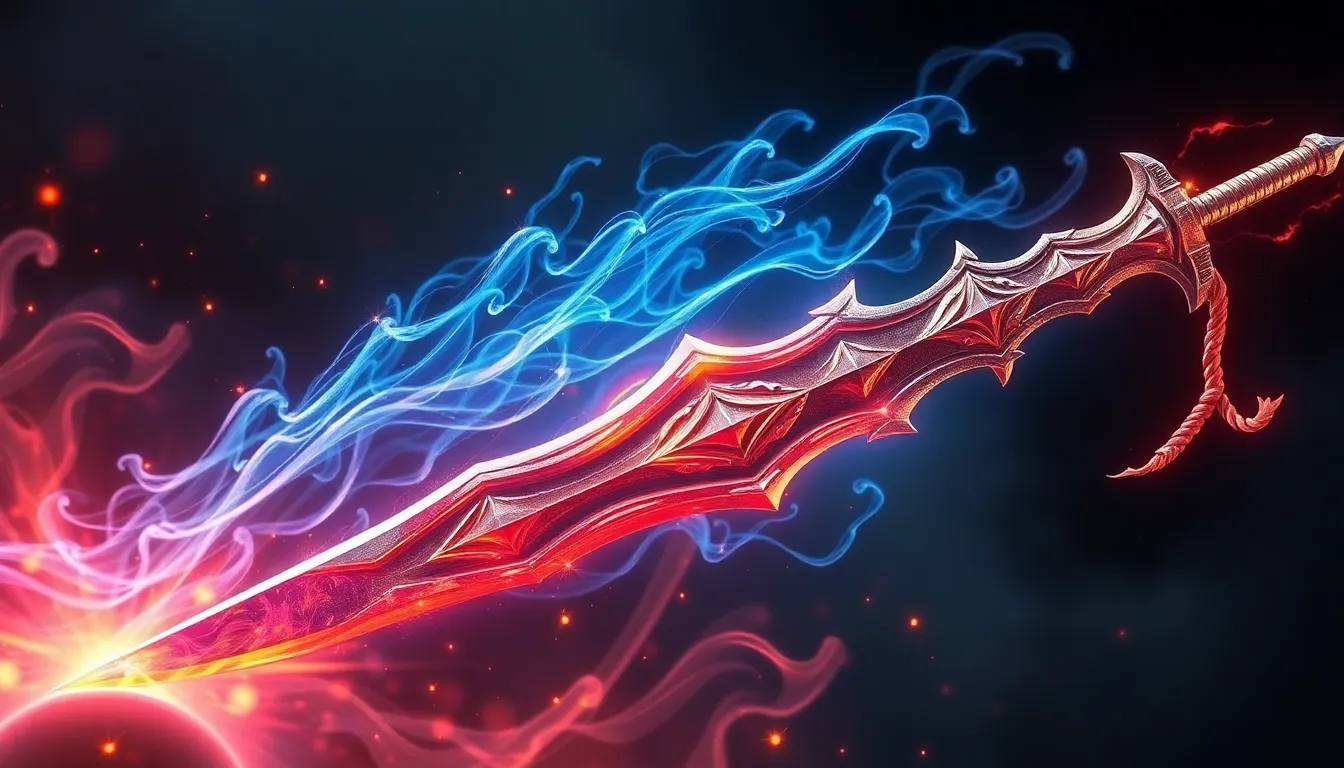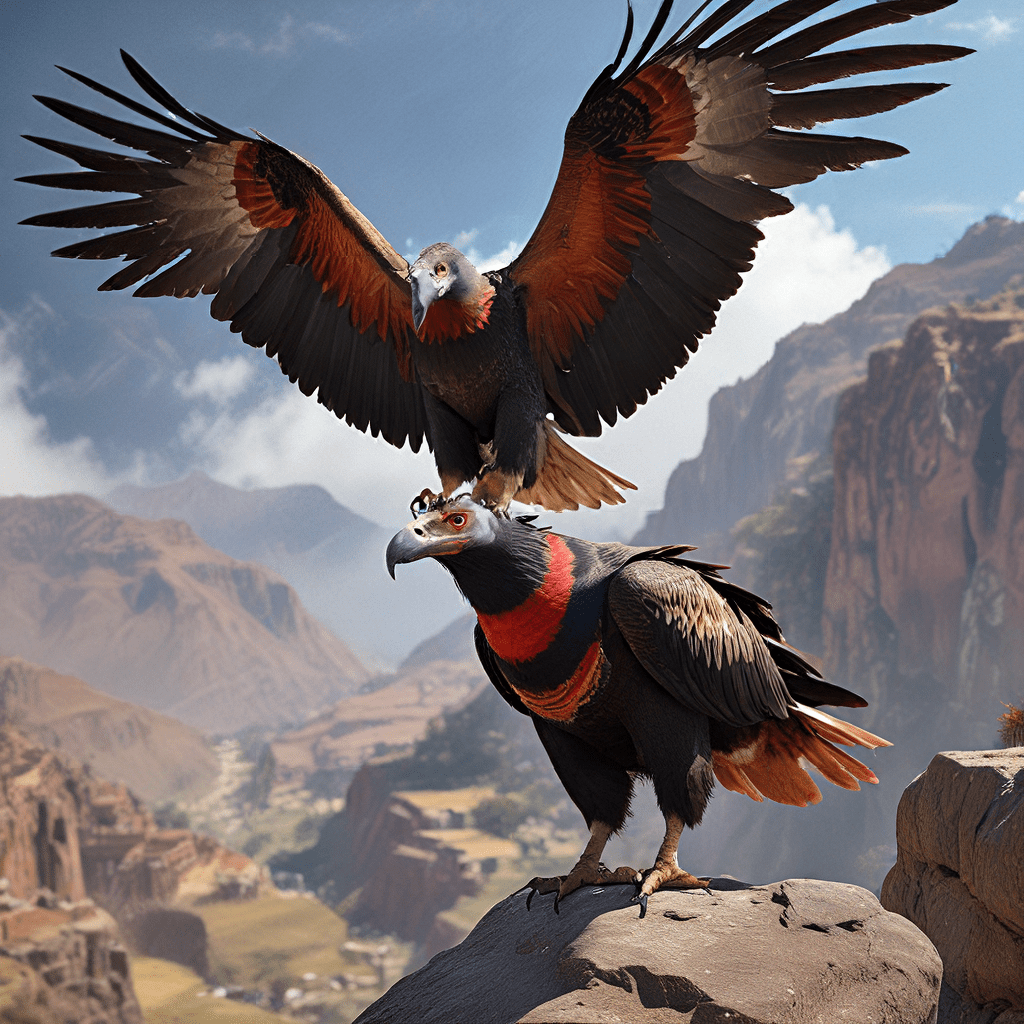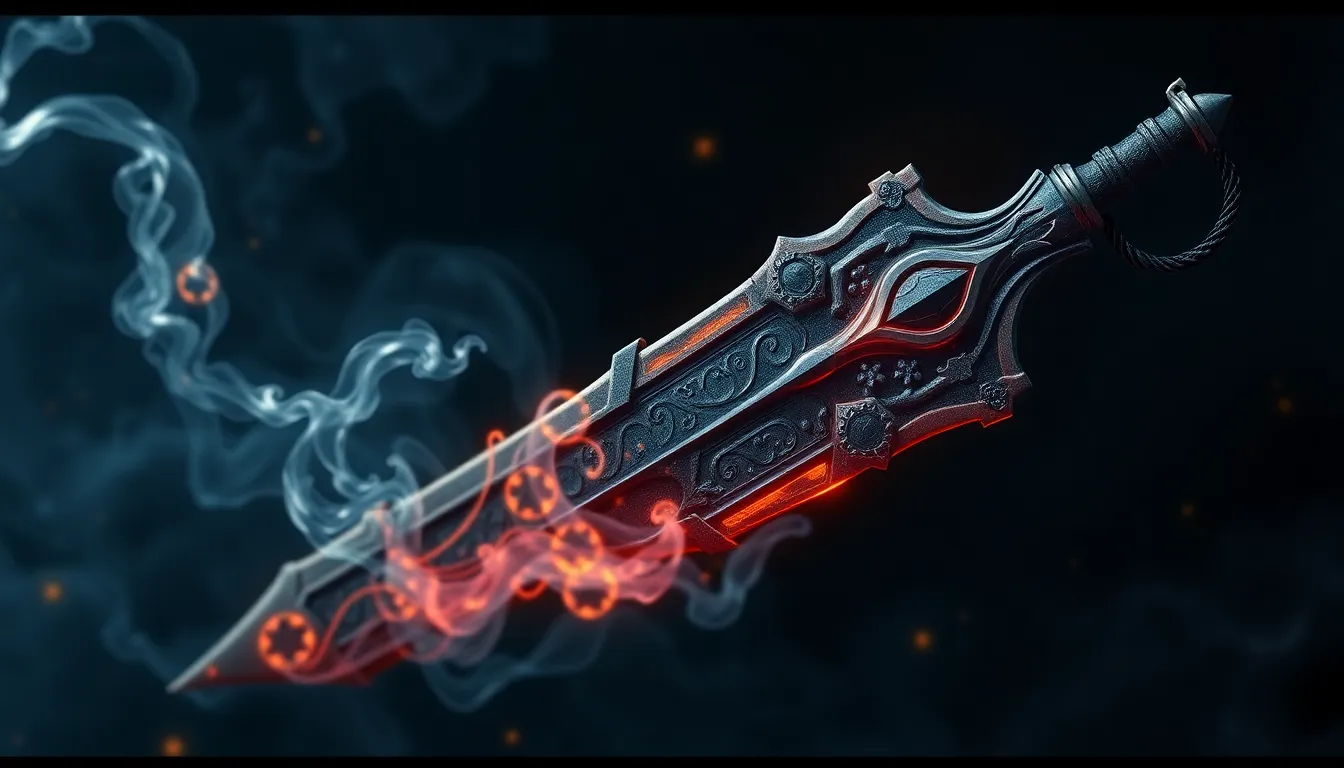The Divine Edge: 10 Mythical Weapons with Unparalleled Power
Introduction: The Allure of Mythical Weapons
Throughout history, weapons have held a prominent place in mythology and folklore, serving as symbols of power, protection, and destiny. They are not merely tools of war; they are imbued with meaning, representing the virtues and vices of their wielders. The term “mythical weapons” refers to legendary arms that often possess extraordinary powers or attributes, transcending the limits of ordinary weapons. These artifacts are pivotal in various cultures, embodying the ideals and beliefs of the societies that created them.
1. Excalibur: The Sword of Destiny
Excalibur, the legendary sword of King Arthur, is one of the most famous mythical weapons in Western literature. Its origins are deeply rooted in Arthurian legend, where it is often associated with the rightful sovereignty of Britain. According to the tales, Excalibur was either given to Arthur by the Lady of the Lake or drawn from a stone, symbolizing his divine right to rule.
The symbolism of Excalibur extends beyond mere kingship; it represents virtue, honor, and the burdens of leadership. Notable tales, such as T.H. White’s “The Once and Future King” and various film adaptations, depict the sword as a beacon of hope and strength. The imagery of Arthur wielding Excalibur has become synonymous with the quest for justice and the fight against tyranny.
2. Mjölnir: Thor’s Hammer
In Norse mythology, Mjölnir is the hammer wielded by Thor, the god of thunder. This formidable weapon is renowned for its destructive power, capable of leveling mountains and obliterating enemies. However, Mjölnir also serves a protective role, often used to safeguard Asgard and humanity from the giants and other threats.
Mjölnir’s cultural impact is profound, especially in modern media. The character of Thor, as portrayed in Marvel comics and films, has brought renewed interest to this mythical weapon. Its representation as both a tool of destruction and a symbol of protection illustrates the dual nature of power in mythology.
3. The Trident of Poseidon
The Trident of Poseidon is an iconic symbol in Greek mythology, representing the god of the sea’s dominion over water. This three-pronged spear is said to have the power to create storms, cause earthquakes, and even summon sea creatures. As such, it is a powerful weapon that embodies both destruction and authority over the marine realm.
The trident is a symbol of control over the seas, and numerous legends depict Poseidon using it to assert his power. One notable story involves his contest with Athena for the patronage of Athens, showcasing the weapon’s significance in the struggle for supremacy among the gods.
4. The Spear of Destiny
The Spear of Destiny, also known as the Spear of Longinus, has a storied history that intertwines with both myth and reality. According to legend, this spear was used by a Roman soldier to pierce the side of Jesus during the crucifixion, giving it a unique spiritual significance. It is said to possess mystical powers that grant invincibility to its wielder.
Throughout history, many have sought the Spear of Destiny, believing that possessing it would endow them with unmatched power. Its influence spans across cultures and religions, making it a significant artifact in both historical accounts and modern storytelling.
5. The Bow of Artemis
The Bow of Artemis, the Greek goddess of the hunt, is another powerful mythical weapon. This exquisite bow symbolizes purity, hunting prowess, and a deep connection to nature. Artemis, often depicted with her bow and arrows, is revered for her skills as a huntress and protector of wildlife.
Notable myths involving Artemis often highlight her role as a fierce protector of her domain. Her bow not only represents her hunting abilities but also embodies themes of independence and strength among women in mythology.
6. Kusanagi: The Grass-Cutting Sword
Kusanagi, or “Grass-Cutting Sword,” is a legendary sword in Japanese mythology with deep connections to the imperial family. According to the myth, Kusanagi was discovered in the tail of an eight-headed serpent, Yamata no Orochi, by the hero Susanoo. This sword symbolizes the divine right to rule and the protection of the Japanese people.
Kusanagi holds a significant place in Japanese culture and folklore, representing the ideals of honor, bravery, and the link between the divine and the earthly realm. It is a central artifact in the Shinto belief system and remains a symbol of national identity.
7. The Shield of Achilles
The Shield of Achilles is a masterwork depicted in Homer’s “The Iliad,” representing the duality of human experience in war. Crafted by the god Hephaestus, the shield is adorned with intricate scenes of life, war, and peace, showcasing the complexities of existence.
The symbolism of the shield lies in its role as both a protector and a harbinger of destruction. Achilles’ shield not only defends him in battle but also serves as a canvas illustrating the beauty and brutality of life. Its artistic representations throughout history highlight the importance of art in conveying the human condition.
8. Durandal: The Sword of Roland
Durandal is the legendary sword of Roland, a hero of the epic poem “The Song of Roland.” This sword is said to possess magical properties, including the ability to never be broken, thus symbolizing the unyielding spirit of its bearer. Durandal plays a crucial role in the Battle of Roncevaux, where Roland valiantly defends the rear guard of Charlemagne’s army.
The cultural legacy of Durandal endures in European literature, representing themes of loyalty, heroism, and sacrifice. The sword’s significance is not only in its physical prowess but also in its embodiment of the chivalric ideals that shaped medieval Europe.
Conclusion: The Legacy of Mythical Weapons
Mythical weapons captivate our imagination, serving as powerful symbols of strength, authority, and human aspiration. From Excalibur and Mjölnir to the Bow of Artemis and Durandal, these legendary arms transcend their material forms, embodying the virtues and ideals of the cultures that created them. They remind us of the age-old narratives that shape our understanding of power, heroism, and the human condition. As we continue to explore these mythical artifacts, we find that their allure remains timeless, inspiring new generations to seek their own legends.



